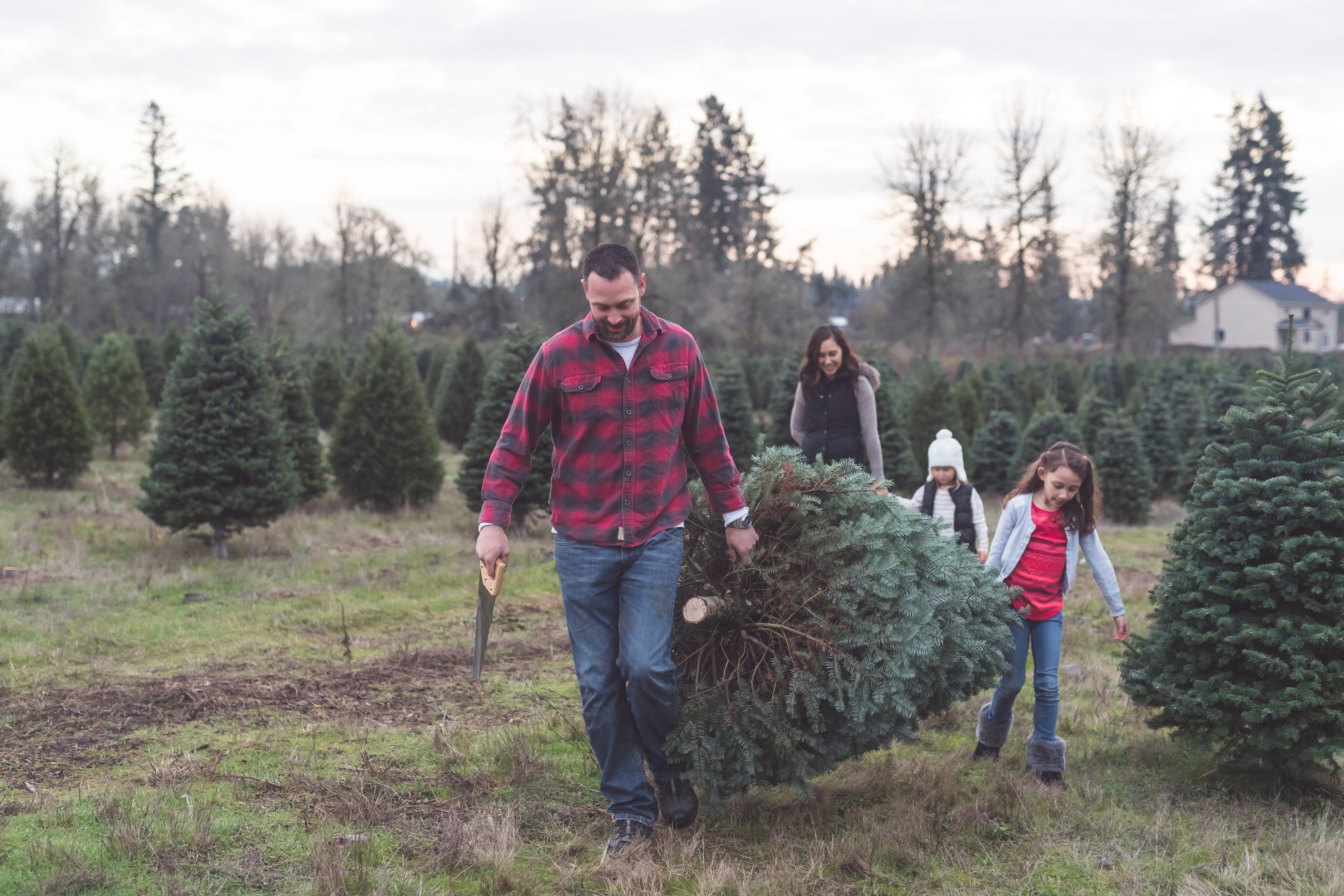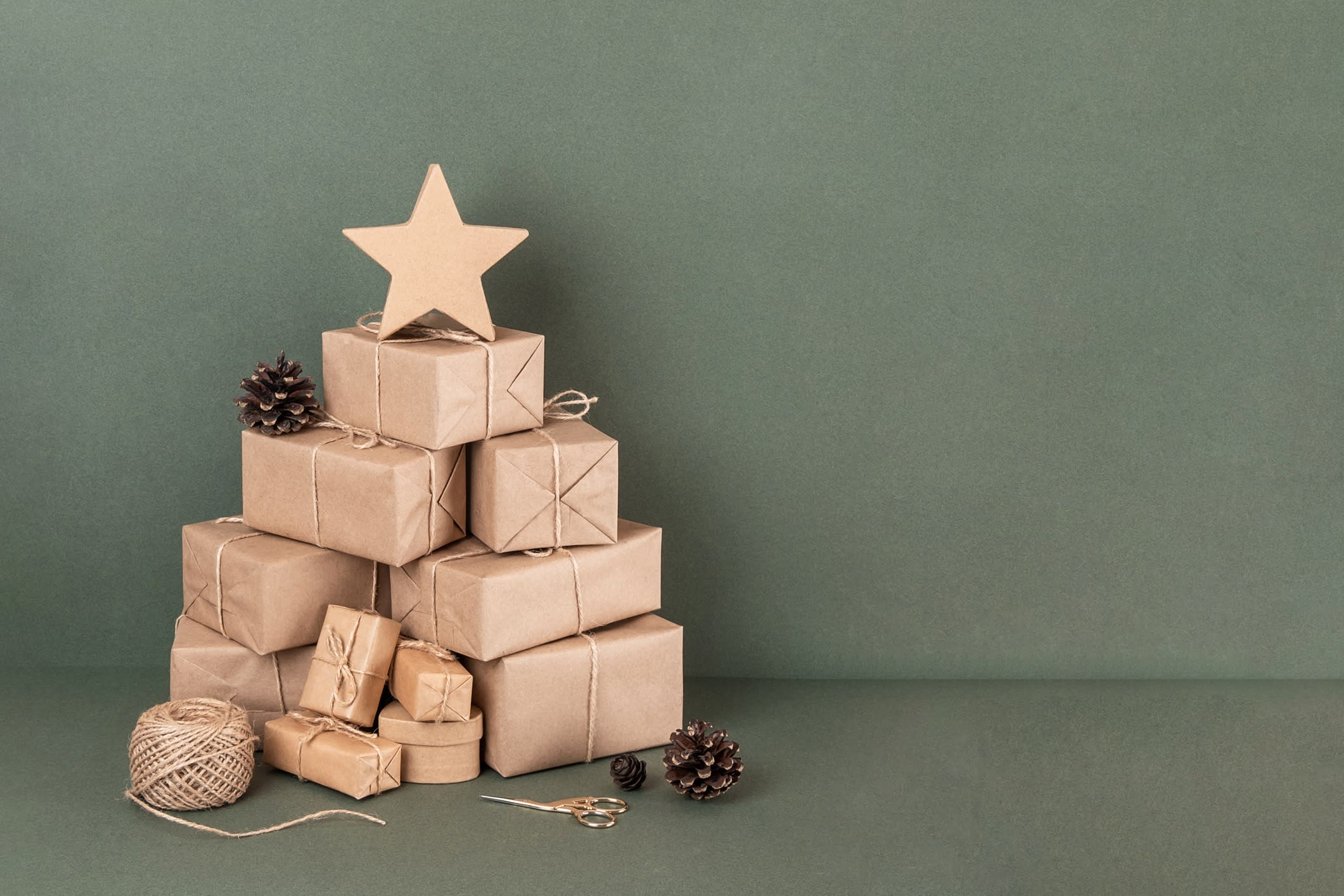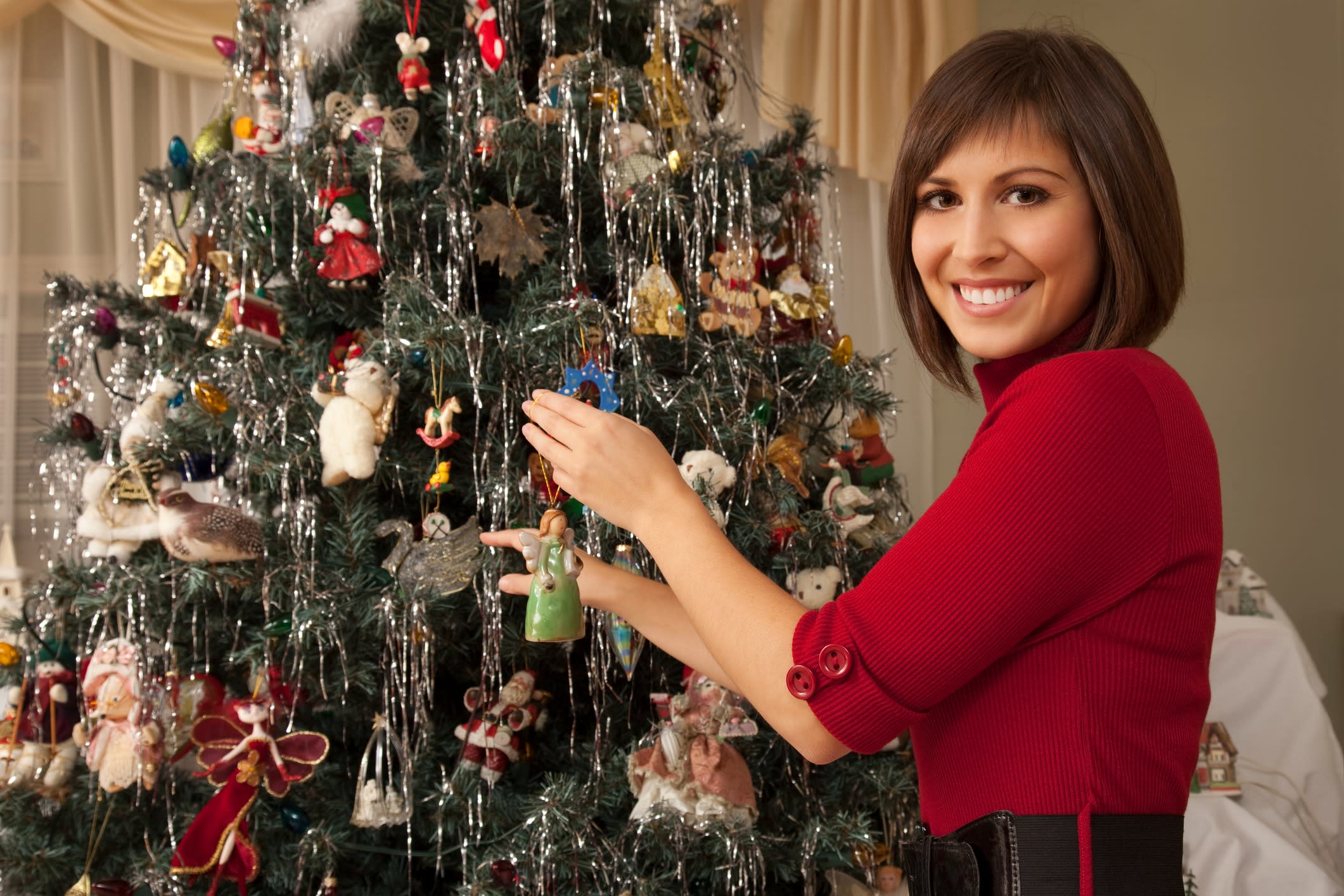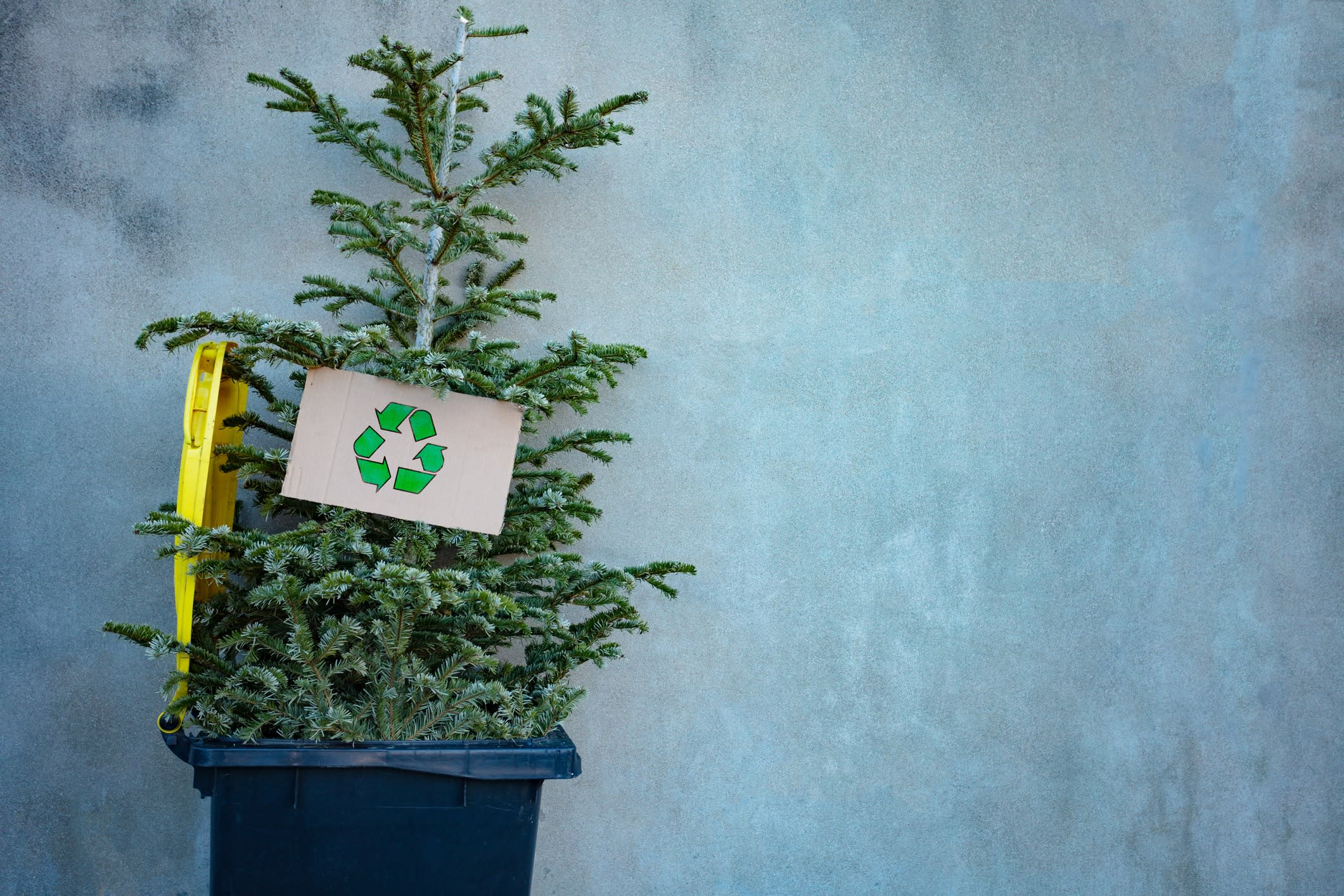T: Type (Plastic or real?)
-
Julie Boulton
Project Manager, Monash Sustainable Development Institute
R: Rethink (Do you even need a tree at all?)
E: Embellishments (What you are putting on the tree?)
E: Exit (What will you do with the tree when you're finished?)
S: Story (Make it your Christmas)
I often get asked about the sustainability credentials of clothing. It comes with the line of work I'm in, as a sustainability strategist at Monash Sustainable Development Institute. But, in what's a pleasing development, interest in sustainability is growing across every space of our lives.
A recent report by Monash researchers confirmed just this, noting that 52% of Australian shoppers cite sustainability as being an important factor when making purchases.
Christmas trees may well be the next item shoppers branch out to - which is ace, because I've prepared a guide to help you be a little bit greener this year. Let's talk about TREES.
T is for type
You really only have two choices - real or fake. For real, I'm referring only to one type of real tree, and that's a tree from a Christmas tree farm or a local grower, ideally one located within 50km or so from your house. It's not - and never will be - an old-growth tree from a forest.
Farmed Christmas trees take in CO₂ when they grow (estimated to be about two tonnes of CO₂ per hectare of Christmas trees). They convert the carbon dioxide into oxygen, filter other gases (such as methane), and assist with purifying the air, all while also providing habitat for wildlife.
Ideally (but do check this), the tree farm will also replace the chopped-down tree with at least one or more trees. If the tree has been grown close to where you live, then you're also cutting down on transport emissions (the farmer may even deliver in an electric van).

Fake trees are mostly, if not completely, made from PVC - a plastic derived from fossil fuels. Emissions are created via its production, manufacture and, because it's most likely to have been made overseas, transport. It also requires packaging.
Overall, it's estimated a fake tree creates more than 10 to 20 times more CO₂ than a real tree, but if you have an artificial tree and re-use it for at least 10 (some say 12 to 15) years, then the carbon footprint over its lifetime will decrease, and may well become lower than that of a real tree. (If you don't have room to store the tree, then maybe don't buy it in the first place, as this is a super important consideration.)
Before you decide, let's rethink!
R is for rethink
As with clothes, the most sustainable choice you can make with Christmas trees is to use what you already have. Re-use that plastic tree if you have it in your garage. If you don't have one, could you use trees in the garden (I'm not advocating cutting down - just saying have an outside tree), or decorate pot plants? What could you reimagine here?
The classic triangle tree shape can be made from so many things you probably already have lying around your house - think books, cardboard boxes, bottles, toilet paper.

If you're still keen on the tree, consider rental options - real trees are rented out in pots so they can keep growing and be re-used before being retired to the forest, and there are plenty of rental companies for plastic trees that even come fully decorated.
Finally, think about buying pre-owned trees.
E is for embellishments
Sustainability doesn't stop at the tree, though. It's what goes on the tree that's also important - like clothes, how you use them is a critical part of the sustainability story. Hot tip - avoid all use of glitter and tinsel (unless you've managed to find certified biodegradable options).

Again, like the tree, consider making your own from recycled materials, reuse the same decorations year after year or, if you're buying new, understand what the decorations are made out of, how they were made, and how far they've travelled.
E is for exit
Before you know it, the festive season is over. What now? Don't waste your green credentials by putting everything - or in this case, anything -into the bin.
You want to make the most of the real trees' ability to completely biodegrade. To do this, use the tree as mulch or compost so that the carbon contained in the wood can then be stored in the soil. (If the real tree ends up in landfill, its carbon footprint jumps to 16kg CO₂e, as it will decompose anaerobically and produce methane gas).

If you can't mulch the tree yourself (or borrow a mulcher from your local tool library), check to see if your local council or the farm you bought the tree from offers pick-up and disposal services.
If you've bought fake, remember you have to reuse that tree at least 10 times for it to be as sustainable as the real tree. This means you need to store that tree (along with its instructions) responsibly. Make sure you also store all of the embellishments.
S is for your story
This year, I'm buying my tree from the local farmers' market, 5km down the road. The tree comes from a Christmas tree farm 35km outside of town.
I love trees, and having one inside my house makes me unbelievably happy - the smell of fresh pine, the needles all over the floor, the birds that fly in through the door to perch on its branches ... (OK, so that's only happened once, two years ago, and it scared me more than made me happy, but still ...).
With my kids, I'll decorate the tree with mostly handmade decorations that we bring out each year from our Christmas box. The decorations have been made over the years, with some now about 15 years old (we do have to make some repairs here and there with the hot-glue gun).
My most treasured item is the angel-like figure made from a recycled Coke can by Peter, my friend from when I lived in the Solomon Islands 10 years ago.
Sometime in January, we'll take it down, chop it up, and put it in our green bin. That will make me sad, but also happy, because this is what sustainability is all about - connecting to nature, and being grateful for the fact that, for a short while, I had a tree in my house that I co-existed with.
That's my sustainability story - what will yours be this year?






